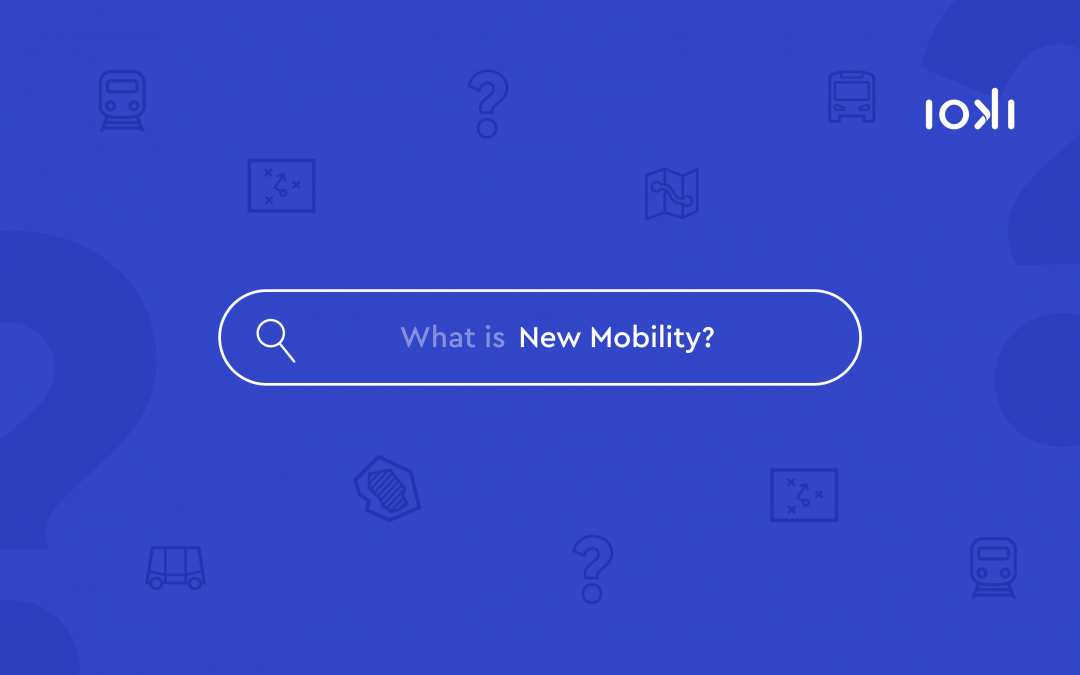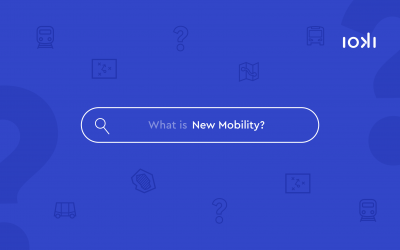There is considerable potential in the existing data to record and analyse the mobility needs of a region in detail, to simulate new solutions along different scenarios and finally, based on this, to optimise the ongoing operation in a sustainable, cost-efficient and demand-oriented way.
Such a data-driven approach can be equally useful for transport associations, municipalities, cities and companies. Only by using existing data can new mobility offers – whether for customers, citizens or employees – be integrated into existing systems and meet the actual requirements of new mobility concepts.
The crux of mobility analyses, by the way, is the combination of structural and individual key figures. This means that data from both the macro and micro levels are taken into account and allow statements to be made both about the way in which a group gets from A to B and about the underlying motivation why the group moves along the chosen means.
However, these almost unrestrained possibilities of the available data are automatically accompanied by the need for a secure data infrastructure that is constituted in the public interest. For the presumably greatest potential of data-driven mobility solutions is the underlying holistic approach. Thus, a successful mobility analysis does not just consider individual cornerstones of a system, but thinks of all questions and proposed solutions embedded in the overall structure. The result: an optimal mobility mix.
But who is responsible for data management? Which instance is the appropriate interface between the various mobility providers and users? Mobility, that much is clear, has long since ceased to be the responsibility of individual private companies. As a means of freedom and social participation, it is rather a challenge for society as a whole, and thus for the public at large, which must be analysed, orchestrated and finally implemented. This makes it clear that even the management of data must not be the responsibility of individual companies, but must be controlled and networked by the public sector.
Conversely, transport companies must also increasingly develop in the direction of a platform in order to use the public data treasure profitably and convert it into integrated offers. With this picture in mind, an overall structure consisting of the various interest groups is finally emerging, which, with the public sector as the data manager, holds the key to customer and user-centric mobility solutions.
It is no secret that we are still at the beginning of the road – both in Germany and beyond. Nevertheless, the first projects implemented and optimized on a database basis are demonstrating the massive added value of this approach.
By the way, it is worthwhile to keep an eye on our blog over the next few weeks. Because then we will look step by step at the possible starting points for a mobility analysis and corresponding examples.



